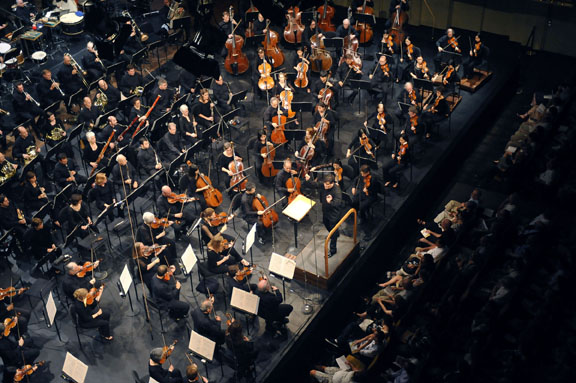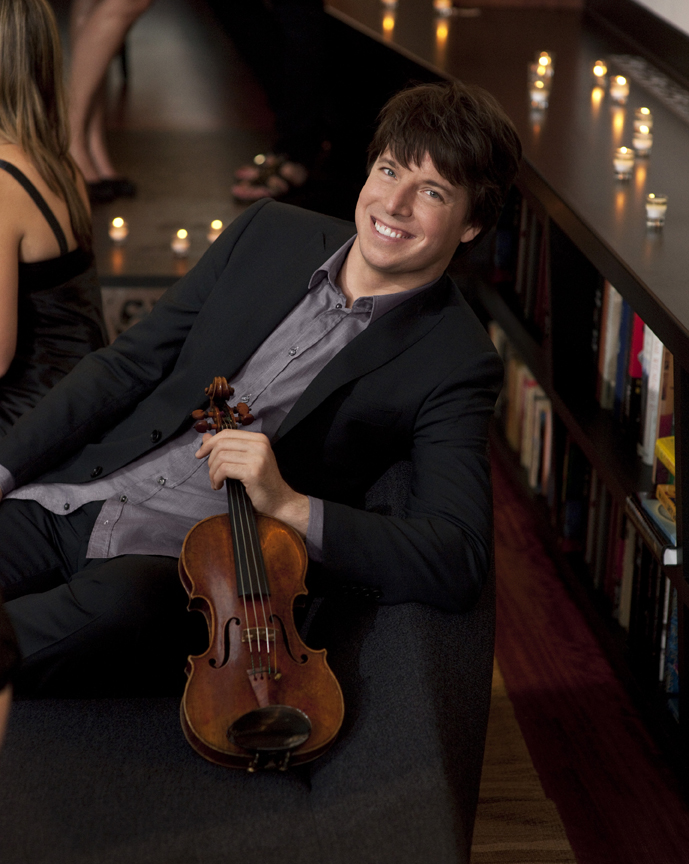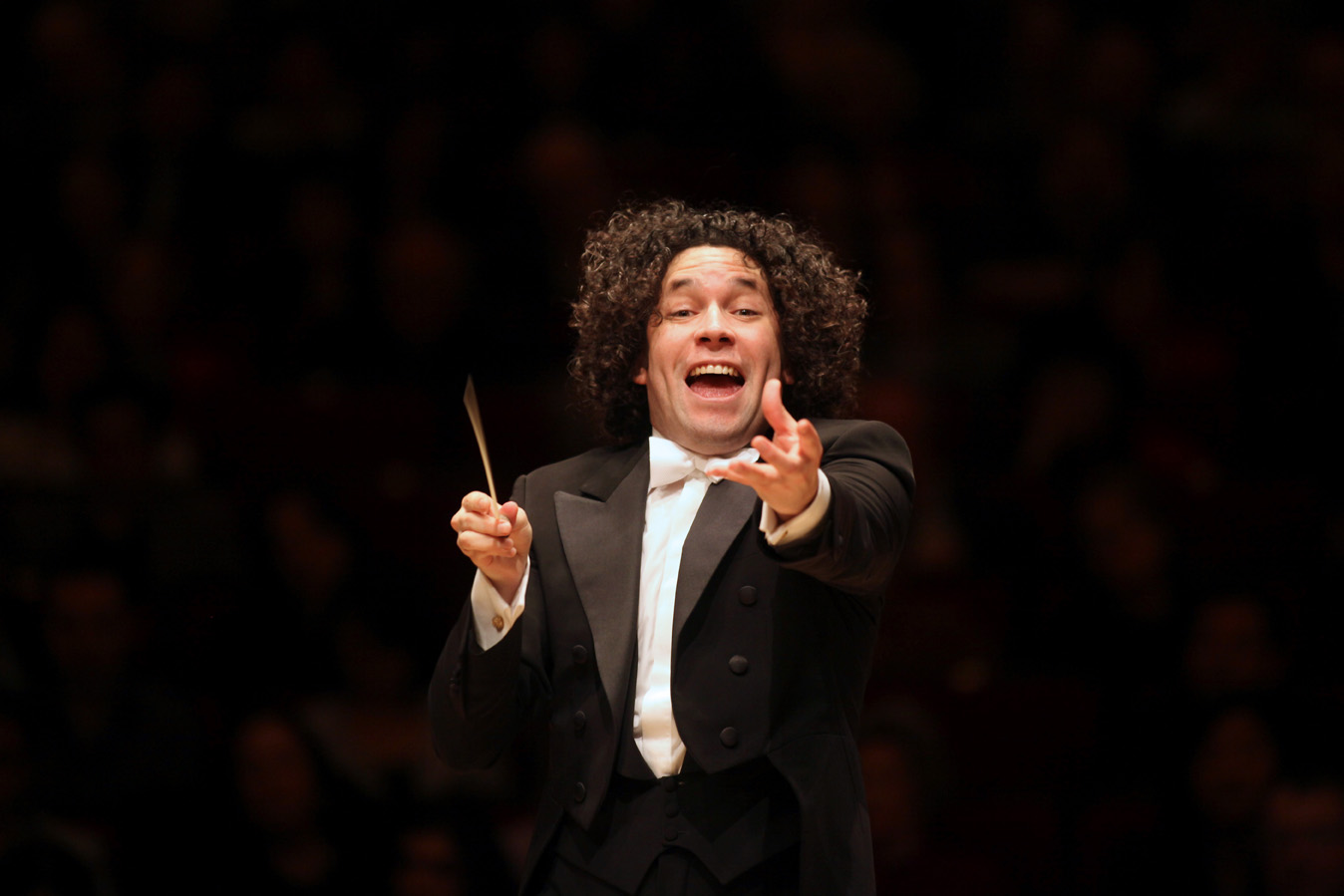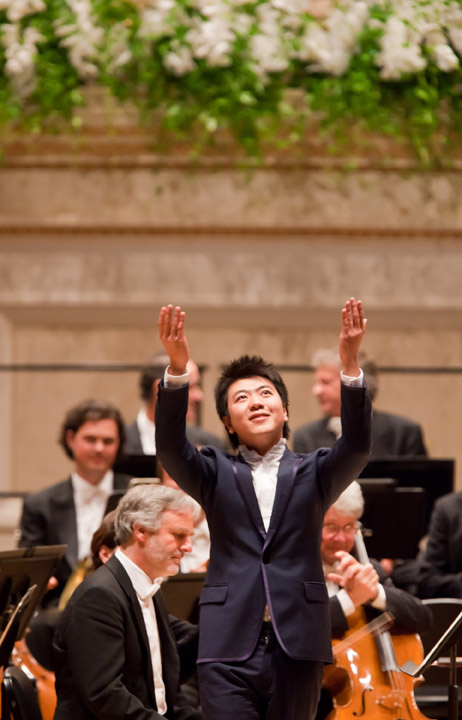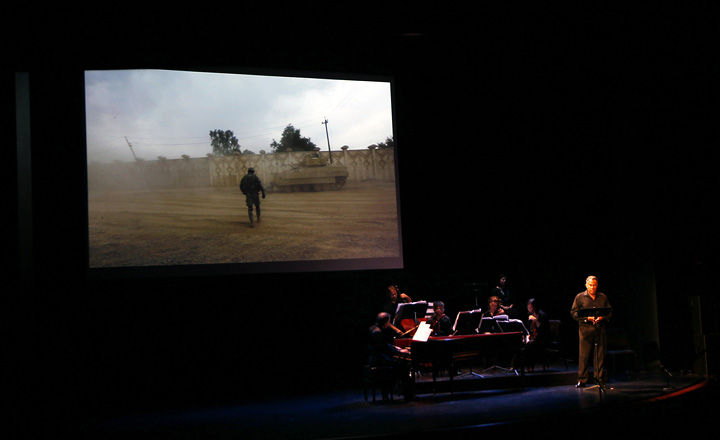“Turnabout is fair play”, the saying goes. Frequently, an institution will pay homage to a great and distinguished member of its faculty. But this time, Solomon Mikowsky – who has certainly earned a tribute for his years as a renowned piano pedagogue who has produced many fine artists (and competition winners) – honored the Manhattan School of Music with a beautiful and heartwarming gesture: a gift of a superb recital hall, replete with two Steinway concert grand pianos and a capacity for audio and video recording (plus a third Steinway Model B grand for his adjacent studio). On Sunday afternoon, October 3rd, I was honored to be present for the grand opening festivities of the Solomon Gadles Mikowsky Recital Hall on the third floor of the MSM. Dr. Mikowsky’s tribute was not only to this school, but also in honor of 12 of his former and present pupils who held forth with a fine concert by way of a retrospect. The live recital commenced with a recorded performance of Bach’s Fantasy and Fugue in A Minor as performed by Mikowsky at the age of fourteen. In front of the audience was a photograph of the fledgling virtuoso (what a handsome devil he was!). Later on, at the behest of many of his appreciative charges, Dr. Mikowsky (who was going to remain silent) played a Galuppi Sonata with elegant taste and good tone, showing us all that he can still “do” as well as teach!
Dr. Mikowsky was born Solomon Gadles in Cuba of Russian-Polish parentage and his mother’s maiden name was Mikowska. His early musical training was with Cesar Perez Sentenat, who had studied in Madrid with Cubiles and in Paris with Joaquin Nin, a pupil of Moszkowski, himself a pupil of Liszt. Later, he earned his degrees at the Juilliard School, working with Sascha Gorodnitzki (Bachelors and Masters degrees) and a doctorate from Columbia University. Frequently invited to serve on the juries of important international piano competitions, he has given master classes worldwide, and is the author of a book on nineteenth-century Cuban music.
The impressive recitalists included two Domenico Scarlatti sonatas (A Minor, Longo 241, Kirkpatrick 54; and A Major, L. 395, K. 533) played with brilliant note-perfect fluency by Inesa Sinkevych, but with one gaffe: the printedprogram attributed them to Domenico’s father, Alessandro, 1660-1725 (who wrote vocal music!); Liszt’s F Minor Concert Etude, La Leggierezza (Ian Yungwook Yoo); Chopin’s C-sharp Minor Etude, Op. 10, No. 4 (Kookhee Hong); Albeniz’s Asturias (Jovianney Emmanuel Cruz); Albeniz’s Evocacion from Iberia (Gustavo Diaz-Jerez (who had originally intended to play El Puerto from the same work); Lecuona’s Cordoba (Yuan Sheng, who played lustily, although I have heard him play Bach wonderfully well and also had glowing words for his Schubert B flat Sonata, D. 960); the ubiquitous Albeniz Tango in Godowsky’s gussied-up arrangement (Ren Zhang); Scriabin’s Etude in C-sharp Minor, Op 8, No. 12 (Alexander Moutouzkine); Ravel’s “Pavane pour une infante defunte” (Youngho Kim); Rachmaninoff’s Prelude in G Major, Op. 32, No. 5 (Wael Farouk, a Shura Cherkassy look-alike who I glowingly reviewed in New York Concert Review for his account of Rachmaninoff’s Third Concerto with the MSM orchestra last year); Busoni’s Sonatine super Carmen No. 6, K. 284 (Kirill Gerstein, a recent Gilmore Artist Award and Avery Fisher Grant winner); and finally the Aria from Bach’s Goldberg Variations (Simone Dinnerstein; truly an Aria da Capo; the first time I heard her play at the tender age of 11, Ms. Dinnerstein was a pupil of Dr. Mikowsky and she has many accomplishments to her credit in the intervening years—subsequent studies with Herbert Stessin, Maria Diamond (a student of Artur Schnabel) and Peter Serkin. Herself-produced CD of the Goldberg, now available on Telarc, has been acclaimed a best-seller).
I must comment that the room can accommodate an audience of 50, and that its acoustics are ideally crystal clear, absolutely perfect for the obvious ideals of Dr. Mikowsky’s taste for extreme digital clarity and articulation, Spartan and judicious pedaling and discipline, as opposed to an often esteemed and encountered murkiness that could (and often does) hide a multitude of sins by less technically adroit students.
The concert was followed by a lavish reception and dinner, capping a joyously memorable and touching occasion. Congratulations to all, and especially to Solomon Mikowsky!

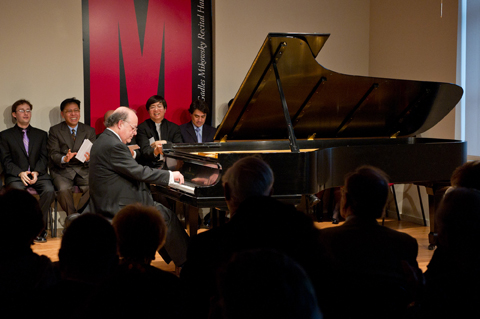
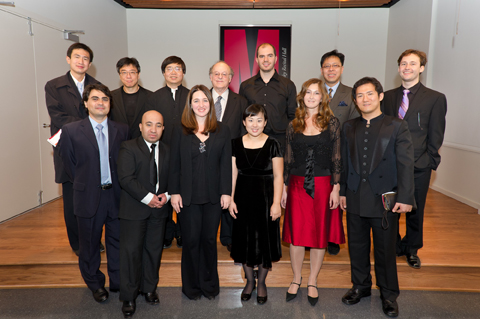
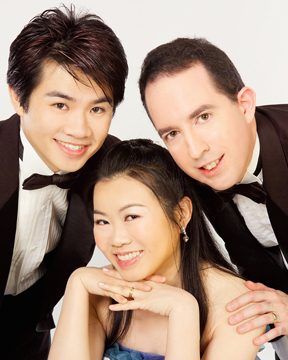
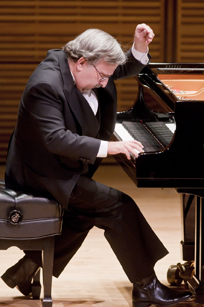
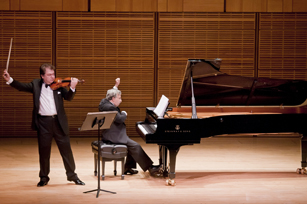
![fourtissimo4[1]](https://nyconcertreview.com/blog/wp-content/uploads/2010/10/fourtissimo41.jpg)
